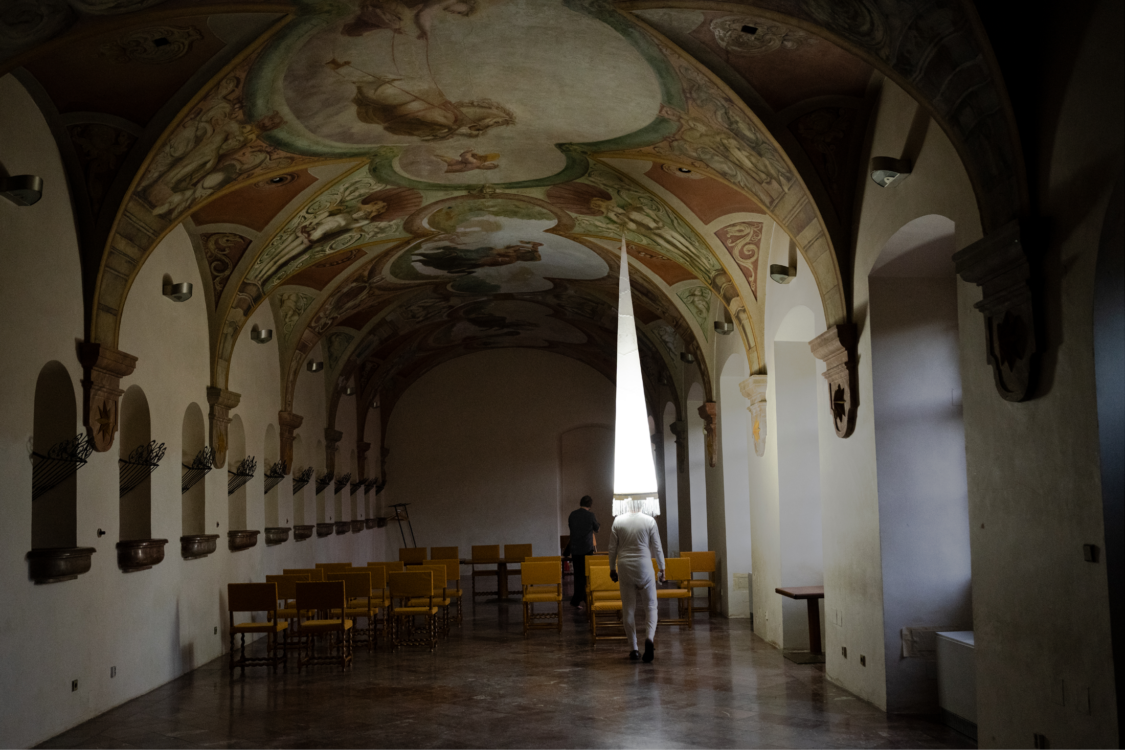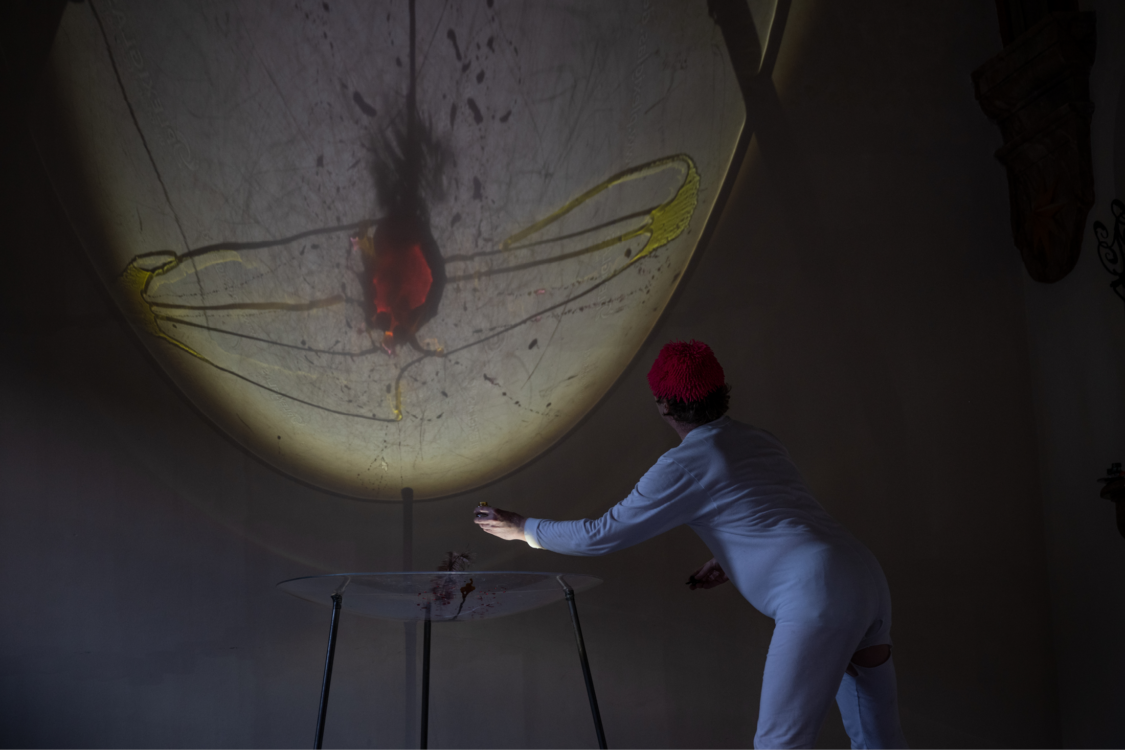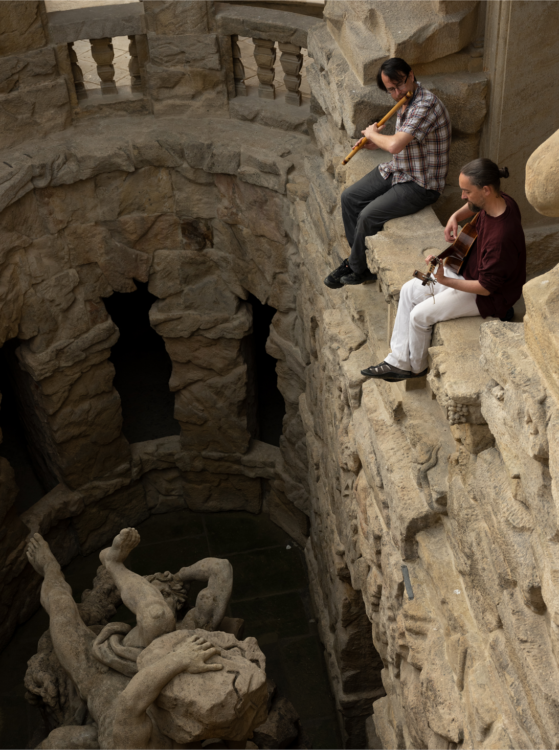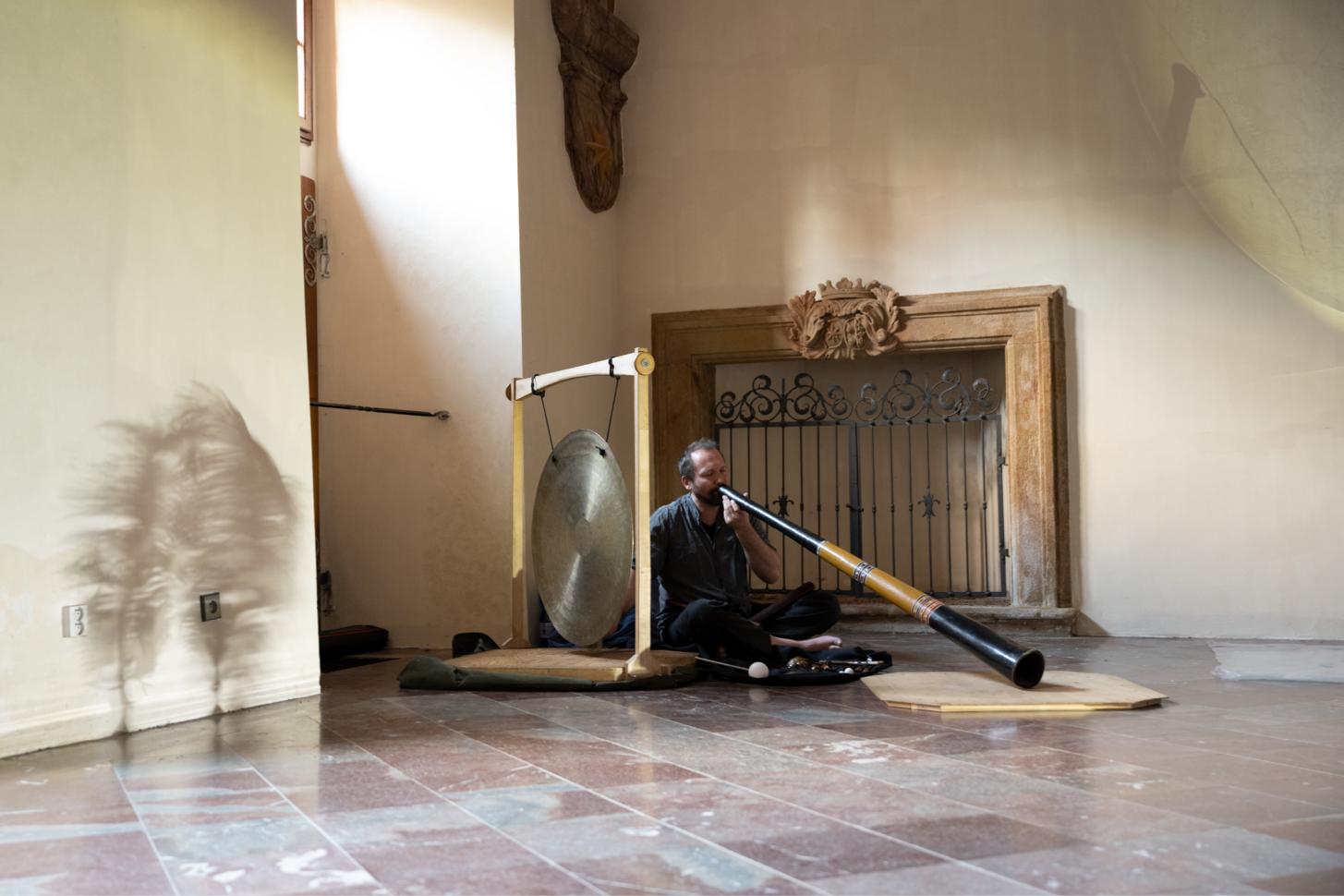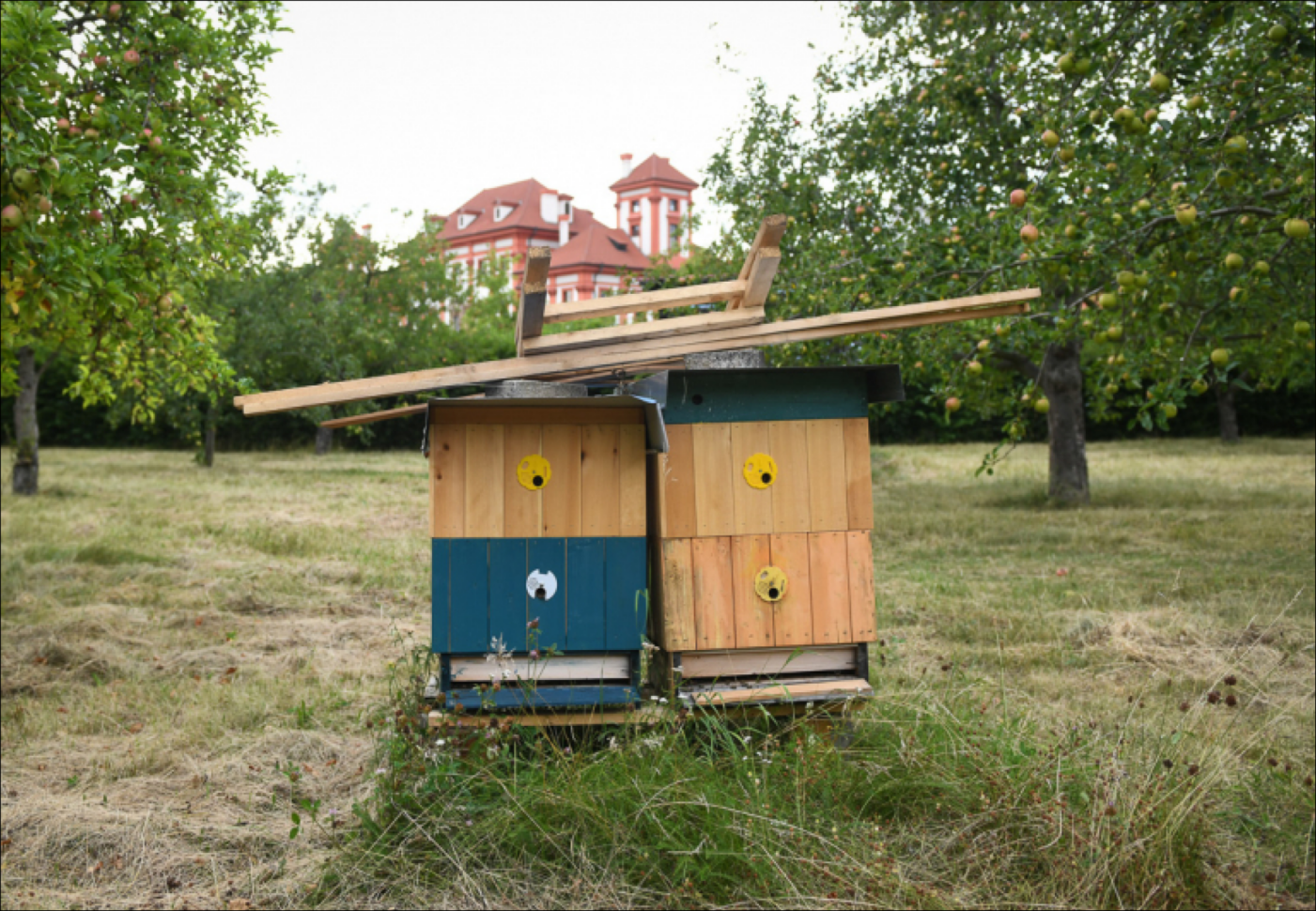Nature’s Lament and the Constitution of the Earth
In his book The Cry of Nature – Art and the Making of Animal Rights, art historian Stephen F. Eisenman summarises dozens of examples of visual artists who, since the beginning of modernity, have pointed to the non-obviousness, unsustainability and moral dubiousness of “humanism”. Humanism has become a symptom of the human sense of superiority over others, an expression of domination not only over non-European nations but also over animal and, more generally, natural entities which we became used to calling, in a Cartesian manner, things and objects. It is also worth recalling that we do not hear similar ideas only from the left or activist wing as an attack on the noble traditions of capitalism, liberalism, the free market and other “democratic” values. One of the more serious voices of contemporary Czech philosophy, Josef Šmajs, the author of the paper A Constitution for the Earth, describes our situation as probably the last chance to revise the anti-nature, predatory ideologies of gross domestic product, growth, colonisation and looting of the environment. In his book Pes je zakopán v ontologii (The Dog is Buried in Ontology, Coprint, 2020), Professor Šmajs writes: “The cardinal issue is that man as a species is homogeneous only within the natural order. Therein lies the danger and hope: culture is an artificial structure built from matter and energy alienated from the Earth, but it is foreign to man and the biosphere. The current cultural order could get closer to nature and, with an informed human will, could be transformed biophilically. But time is fighting against us. We have almost conquered and occupied the planet.”
Maybe the unpleasant, chilling feeling caused by the threat to our visions of a peaceful, bucolic future will finally force us to react. We may have to push through changes that are far from being located only in personal responsibility, temperance, composting and disciplined sorting of household waste. We will have to arrive at a painful transformation of the overall set-up of society and the community, both locally and globally. Changes must start with thinking about education, production, mobility, consumption, ideology, economics and religion. Of course, they also concern culture, art and entertainment. We will probably not bestir ourselves to such a fundamental change voluntarily but will be – as they say – “forced to it by circumstances”.
A celebrity of the western art world, the director of the Serpentine Gallery in London and curator Hans Ulrich Obrist, issued a public statement last February saying that ecology will now play a central role in his curatorial programme and that he was radically reducing his favourite activity, flying around the world. The federal cultural foundation, Kulturstiftung des Bundes, supports the new pilot project Klimabilanzen in Kulturinstitutionen: Auf dem Weg zur Klimaneutralität im Kulturbereich thanks to which German museums, galleries, theatres, concert halls and monuments are committed to making their carbon footprint and waste management more important in their production than before. These include for example Deutsches Nationaltheatre Weimar, Gedenkstätte Sachsenhausen, Kunsthalle Rostock and Zentrum für Kunst und Medien in Karlsruhe. In the last of the above institutions, it is clear that the carbon footprint of ZKM must be gigantic and that, even though it is a museum opened only in 1995, it is a relic from a bygone era.
In the last ten years, a number of “environmentally conscious” exhibitions and art projects emerged as a strategic response to grant criteria. However, it is probable that the reality is already slowly diverging from such an approach. Part of the Bio Troja project is a series of discussions on these somewhat unpopular issues in which other organisations from Prague and abroad will participate.
The Policy of a Return to Nature
Sometimes it seems that the chances for a sustainable future are really being worked on. On 15 October 2020, the Senate of the Czech Republic approved a resolution in support of the EU strategy in the field of biological diversity until 2030, the so-called Bringing Nature Back into our Lives. The European Commission’s strategy paper means a real elaboration of the European Green Deal. Among its basic objectives are:
- legally protect at least 30% of the EU’s land area and 30% of its sea area
- strictly protect at least 30% of the EU’s protected areas
- reverse the decline in pollinators
- reduce the risk and use of chemical pesticides by 50% manage at least 25% of agricultural land in the EU
- restore at least 25,000 km of free-flowing rivers
- maintain fishery resources and protect marine ecosystems

